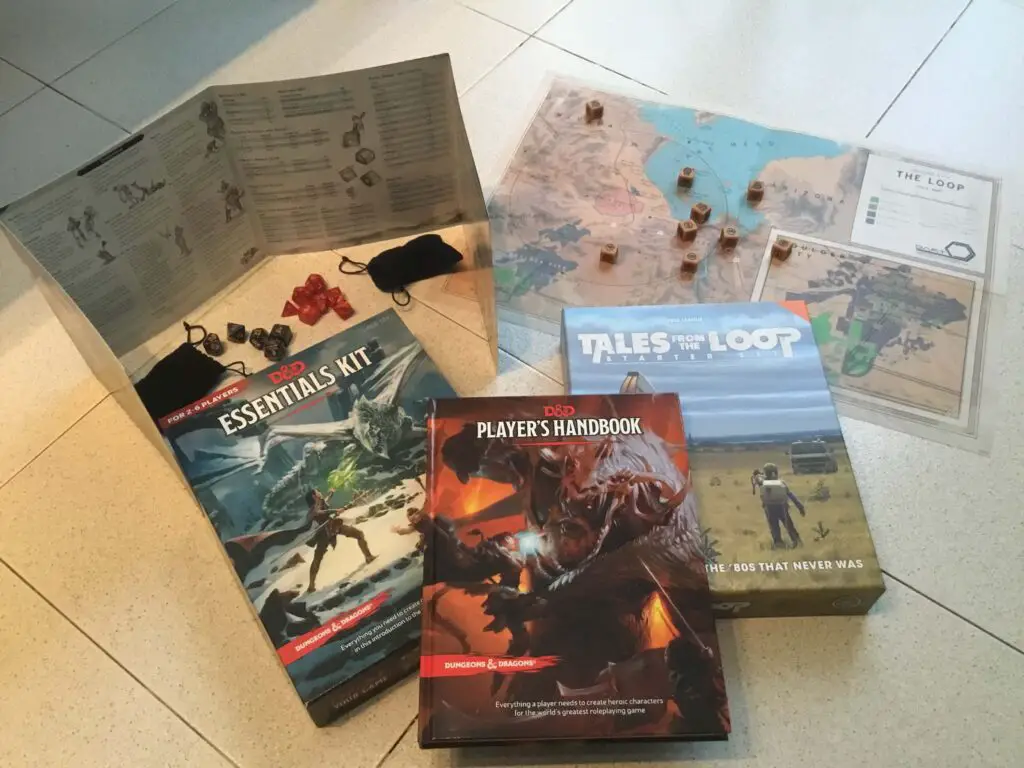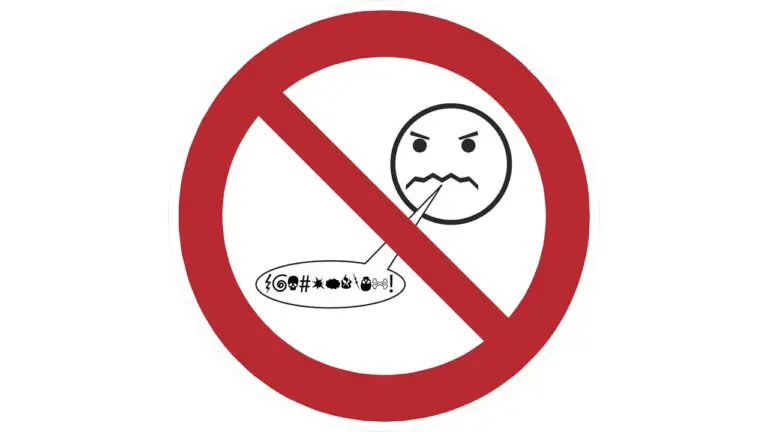If you’re an EFL/ESL teacher, or on your way to being one, you’ll have probably come across a few different teaching methods. TPR, Task-based and PPP are a few of the common ones, but there are many more out there.
That begs the question, which one is best? Well, there is no one best method for all classes, otherwise everyone would be using it by now. Most methods have their benefits in certain situations. Saying that, there are some methods which are best avoided entirely.

In short, the best method is the one that helps your students learn English the most effectively. Unfortunately, it can be quite hard to figure which one does that. The aim of this article is to help you find a method (or methods) that work best for you and your students.
We’ll look at the most common methods and their advantages and disadvantages, so you can start to make your own decision.
Oh, and at the end, I’ll share with you a revolutionary new ESL teaching method that I’ve been using with AMAZING effects. I’ve put it at the end of the article, but you can click here to skip there right now!
1. Total Physical Response (TPR)
Total Physical Response is a popular method for both online and in-person classes. It takes advantage of the body’s ability to communicate. It uses physical gestures and movements to represent ideas and associate them with words in the English language.
It allows students to understand meaning without knowing the language, then their brain connects the two over time. Here’s a video that explains it in detail.
Pros of using TPR
- TPR is fantastic for learning early vocabulary, especially with concrete nouns and action verbs.
- It is engaging and physical, so great with children and students who struggle to stay in their seat for the whole lesson.
- You can apply it to small and large classes without any modifications.
- It doesn’t require lots of materials and preparation. All you need is your body.
Cons of using TPR
- TPR is limited when teaching abstract and advanced vocabulary. Some words don’t have a clear corresponding physical action.
- You can’t really use it to teach intermediate and advanced grammar concepts.
- You have to be a bit of a clown to teach with it, so not all teachers will like it.
- Older students might think it’s childish.
My thoughts
I think TPR is a great method to use when teaching vocabulary to beginners. However, I wouldn’t base my whole teaching strategy around it.
If you have classes with young children with a low level, you should absolutely check it out and incorporate it into your teaching, along with some other methods. If you’re teaching mostly teenagers/adults with a higher level of English, it’s less useful.
Using gestures and physical movements is a powerful technique for all students. I’ve incorporated some of the principles of TPR into my vocabulary teaching method. To see how I do that, head to my article: How to Use Gestures to Embed Vocab in EFL/ESL + 2 Games.
2. Grammar Translation
Grammar Translation is a method of language learning that you’d associate with the nineteenth century. Students learn explicit grammar rules and translate from their first language to English, and vice versa.
Sounds thrilling. It’s a method based on reading and writing with no listening or speaking involved. If you’re thinking this method sounds outdated and ineffective, you’re right.

The thing is, some schools around the world still use this approach, at least to a certain extent.
Pros of using Grammar Translation
- Students become experts at the rules of grammar.
- Planning creative, exciting lessons is not required from the teacher.
- Classes will generally be quiet.
- Shy, bookish students might find this approach more comfortable.
Cons of using Grammar Translation
- Students don’t learn to speak or listen to English.
- It’s boring. So very boring. Both for students and teachers.
- Students get into the habit of translating from their first language to English which slows fluency.
- Context and real use of English are often lost in translating generic sentences.
My thoughts
Avoid Grammar Translation. While the occasional translation task can be useful, this method is a surefire way of making your students hate you and stunting their English progression.
I wouldn’t recommend it to anyone, and hopefully you’ll be able to see the benefits of other methods when compared to this one.
3. Direct Method
The Direct Method is the polar opposite of Grammar Translation.
The aim is to replicate the conditions in which a baby learns its mother tongue, not by explicitly teaching rules and vocabulary, but by exposure to the language. It’s sometimes called the Natural Method.

The teacher only ever speaks English. The students are immersed in a 100% English environment and intuitively pick up the language. It’s very much focused on speaking and listening instead of reading and writing.
Pros of the Direct Method
- Students learn English the “natural” way and begin to think in English rather than translating from their native tongue.
- The teacher doesn’t need to know the students’ language, so it’s good for teaching in a foreign country, or teaching classes with lots of different mother tongues.
- The focus on speaking and listening is engaging.
- Students get very good at pronunciation and improve their fluency.
Cons of the Direct Method
- Learning a language by immersion takes a long time and requires more exposure than is realistic in most cases.
- The lack of focus on reading and writing ignores a uge part of language.
- For beginners, the approach can be overwhelming if the teacher is not adept at communicating non-verbally.
- Sometimes 100% English can slow down progress and the use of the students’ native language can quickly overcome obstacles.
My thoughts
I’m more inclined towards the Direct Method than the Grammar Translation, but I think it goes too far to the other side of the spectrum. I believe exposure to English is important, but the lack of explicit teaching worries me.
Babies have years and years to learn their first language, in which they’re exposed to it all the time. If your students have weekly (or even daily) English lessons, they’re not going to be exposed to enough English to learn quickly.
Teaching concepts and vocabulary explicitly is valuable. So is the occasional use of the students’ native language (L1). To find out more about this, I have an article on it: Should We Use EFL/ESL Students’ Mother Tongue (L1) in Class?
4. Audio Lingual Method (ALM)
The Audio Lingual Method considers language learning as a habit that needs to be trained. It is oral-based and consists of lots of drilling with positive and negative feedback to reinforce correct language and eliminate errors.
In a similar way to the Direct Method, it doesn’t explicitly teach grammar rules, but has the student inductively learn them through habit formation. It’s taught entirely in English. There’s lots of “repeat after me” and acted out scripted passages. Visual aids, realia and other stimuli are used frequently.
The method is quite common in more formal teaching environments. Here’s a video of it in action with a group of trainee English teachers:
Pros of the Audio Lingual Method
- The method can be used with absolute beginners.
- It’s simple for the teacher to learn and deliver.
- Errors in pronunciation are eliminated relatively quickly.
- Speaking and listening can be reinforced by related reading and writing tasks.
Cons of the Audio Lingual Method
- Student engagement is low as the tasks are quite boring.
- Learning is robotic – students aren’t encouraged to think for themselves and don’t learn to use underlying concepts to form their own sentences.
- In large classes, students making mistakes can get lost in the voices.
- The method is very teacher-centric, so doesn’t focus on students’ needs or give them agency.
My thoughts
I’m not a big fan of ALM. It has students speaking like robots, and they don’t explicitly learn new vocabulary and grammar concepts, instead being expected to pick them up naturally.
However, in a very formal learning space where students are required to just sit at their desks and listen to the teacher, it’s a logical and practical method to use.
5. Communicative Language Teaching (CLT)
The focus of Communicative Language Teaching (CLT) is, as the name suggests, communication. It moves away from teaching grammar and focuses on getting a message across meaningfully.
It’s probably one of the most common methods in modern EFL/ESL teaching.

As you’d expect, there’s lots of speaking involved. Student-student conversations and group activities are common – think games, role-playing and problem-solving tasks. It’s learner-centred and highlights skills over systems. Reading and writing are also involved, but oral communication predominates.
Pros of CLT
- Students learn English in a way that is useful to them in a real context.
- Games, role-plays and problem-solving tasks are engaging for students of all ages.
- Set patterns and rules are not strictly adhered to, instead students develop creativity and fluency in getting their message across.
- Student-student interactions create a great learning atmosphere.
Cons of CLT
- Students can end up making repeated grammar errors without improving, as their communication isn’t impeded by the inaccuracy.
- The teacher needs to provide engaging and valuable activities for every class (only a con for lazy/busy teachers).
- Some students can get lost in the chaos of a large active classroom during a game or role-play activity when the teacher can’t be in all places at all times.
- Good behaviour management is needed.
My thoughts
Ultimately, people learn English to communicate with people around the world. Perfect grammar and pronunciation aren’t as important as being able to transmit a message clearly, and CLT practitioners know this.
If you’re a teacher who likes to have fun classes based on speaking and expression, CLT is a good method for you. However, with very large classes or groups where behaviour might be an issue, you need strong class management skills to keep control throughout the whole lesson.
I’m a big fan of games and role-plays. Check out some of my favourite games for beginner, intermediate and advanced students, and learn why role-play is so important: Why All EFL/ESL Teachers Should Use Role Play Activities.
6. Task-based / Project-based Learning (T/PBL)
Task-based and Project-based learning methods have similar principles to CLT. The idea is to have students accomplish a goal by using English to communicate, and in doing so, improving their communication skills. Language emerges from problems that arise and is used to find solutions.

Examples of tasks are: plan a holiday, design a product, create a short play, build a bridge made of spaghetti. Teachers can focus the tasks to require specific language functions with prepared materials, or focus more on the language used for teamwork and problem solving with a more abstract activity.
Project-based Learning is very similar to Task-based Learning, but projects typically take place over multiple sessions, while tasks are limited to one.
Pros of Task-based / Project-based Learning
- Language used to communicate is valuable and relevant. It prepares students for real-life workplace situations where the ability to communicate in English is highly valued.
- Tasks and projects are challenging and fun.
- Tasks and projects are student-led. The teacher is a valuable resource instead of the focus of the class.
- The method is appropriate for all ages.
Cons of Task-based / Project-based Learning
- The method requires lots of materials and set up for most tasks or projects.
- It can be difficult to focus on specific language which is a problem for teachers who are required to teach a set curriculum.
- Beginners will struggle to communicate well enough to collaborate effectively.
- It’s hard to predict how long projects will take, and if a student is absent or doesn’t contribute, the group suffers.
My thoughts
Task-based and Project-based Learning is a great method to use from time to time. You and your students can be really creative with the tasks and projects, but using it all the time leads to diminishing returns.
If you have students who are mature enough to work in groups, I’d definitely try it out. Escape Rooms are a fantastic option. You can buy paper versions online for quite cheap and print them off – students absolutely love them. Mystery Locks is a great place to look.
And why not do a project making a film? Start a minibusiness? Or some arts and crafts? These projects can really change up the dynamic in a group and get them excited to learn English.
For some great project ideas, read my list 9 Fantastic Project Ideas for EFL/ESL: Tips for success. And to learn how to choose the best arts and crafts activities, read my guide: How to Use Arts and Crafts in EFL/ESL + 7 easy activities.
7. PPP (Presentation, Practice, Production)
Competing with CLT as the most common teaching method in EFL/ESL in the 21st century, PPP is a solid framework for delivering high-quality, structured lessons. Most TEFL course providers teach this method nowadays.
The method divides each class into three parts: Presentation, Practice and Production which are often accompanied by a short warmer activity at the start and game at the end of the session.
- Presentation: Teacher explains a new language function (grammar, vocabulary, etc.) with some elicitation and a small amount of class participation.
- Practice: Students practice the function in a semi-controlled way, with the teacher leading the activity. Think drills, worksheets, call-and-response.
- Production: Students do an independent activity (individual or group work) in which they produce the language they’ve just learned, for example in a role-play.
Here’s a video explaining in more detail:
It makes sense. The new language is transmitted in three stages, starting with the teacher as the focus and moving to a student-centred activity at the end.
Pros of PPP
- Teachers have a simple framework for structuring lessons that helps them focus on specific language functions.
- The method combines explicit teaching with a communicative approach (as seen in CLT) during the Production phase.
- There are plenty of resources online for finding activities and ideas for the PPP method.
- It works with students of all ages and abilities.
Cons of PPP
- Lessons can feel repetitive. The same structure every single time becomes stale for both students and teachers.
- Teachers are often tempted to explain too much in the Presentation stage and this takes up Practice and Production time.
- Often Production activities require more time than typically given in the PPP structure.
- The Presentation and Practice phases are often quite boring.
My thoughts
PPP is a tried-and-tested method which guarantees a good, if not spectacular class. For teachers starting out in their career, it’s the perfect framework for planning and delivering lessons. I like that you can combine important explicit teaching with free, student-centred activities.
However, it is formulaic. That can be a problem after a while as the teacher and students will grow bored with the same structure in every class.
Conclusion: Which method should you use?
First of all, I’d avoid Grammar Translation and the Audio Lingual Method entirely. Also, I’d only use the Direct Method sparingly.
Then it’s a choice between Total Physical Response (TPR) Communicative Language Teaching (CLT), Task-based / Project-based Learning (T/PBL) and Presentation, Practice Production (PPP).

If you are a new EFL/ESL teacher, start with PPP. It’s a safe bet that will get you through your first 10-20 lessons with confidence. Then you can start incorporating different methods.
I think everyone should use some elements of TPR. If you’re teaching beginner children, you can make it a big element of your teaching. Otherwise, take the concept of using gestures to support vocab learning.
Once you’ve gained some experience, you can try CLT and T/PBL. And even when you’re very confident and experienced, PPP is still useful.
Really, it depends on your students. I have some groups that want to learn English in a dynamic, conversational way. They don’t want grammar. So I mostly play games and do role-plays with them (CLT). Sometimes we’ll do a project over a few sessions, like making a film, to keep things fresh.
Other groups want more formal instruction. In those cases, I’ll predominantly use PPP, but every 3 or 4 classes I’ll do a Task-based class, or a CLT class.
So, in conclusion, choose the method that you feel most comfortable with and that will work best with the students in your class. Oh, and don’t always stick exactly to the methods. Adapt and adjust them to your needs. Treat them as tools rather than doctrine, picking and choosing the elements that get you the best results.
Bonus: TTRPG Adventure Method
Okay, so there’s one more method I want to tell you about. You won’t find this anywhere else on the internet, because as far as I can tell, nobody else is doing it. But it’s amazing.
I’ve discovered that Table Top Role-Playing Games are the single most engaging and effective way of teaching English to individuals and small groups of any age except very young children.

Students go on an adventure together, deciding what their character does, and interacting with an imaginary world. And who controls that world? You, the Game Master… sorry, Teacher. In these games, students are put in situations where they learn new vocab as they interact with the world. They develop their communication skills as they decide what to do.
Whether it be solving a riddle, convincing a shopkeeper to give them a better price, or fighting a dragon on top of a mountain, it incorporates the benefits of CLT and Project-based Learning in a powerful and immensely fun experience.
I’ve actually made a TTRPG specifically for teaching English. It’s called The Enchanted RPG and I’m super excited to share it with you! Learn how I designed it, the rules of the game and even get started yourself by watching the video below where I tell all! And make sure to subscribe for updates on this revolutionary method!







